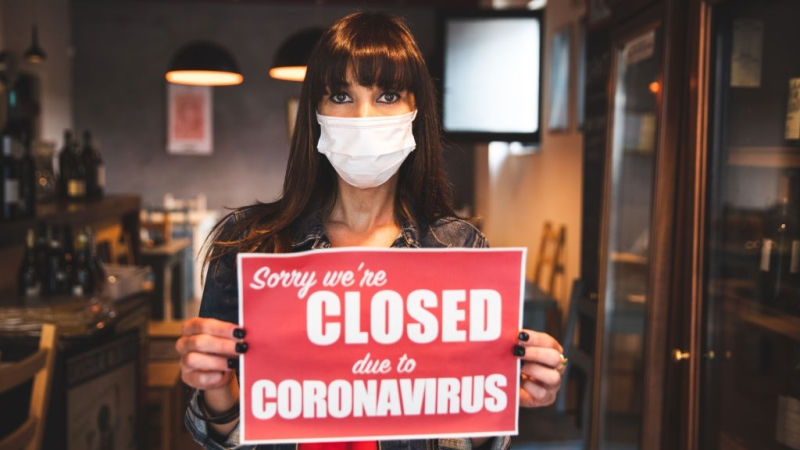It's hard to quantify exactly to what degree Michigan's COVID-19 restrictions have helped to slow the spread of the virus. | Stock Photo at Getty Images
It's hard to quantify exactly to what degree Michigan's COVID-19 restrictions have helped to slow the spread of the virus. | Stock Photo at Getty Images
Although Michigan health officials tout the state’s restrictions for lowering the number of COVID-19 cases, an analysis by Bridge Michigan said the extent of the correlation is "questionable."
The analysis compared the COVID-19 rates in Michigan to those in California and Tennessee, which both have much higher infection rates than Michigan.
“Republican Tennessee has no mask mandate and no ban on indoor dining or bars," Bridge Michigan said. "Democratic California has all three, and yet hospitals in both states are overwhelmed with COVID-19 patients.”
Some Michigan residents are questioning the evidence behind the assertion that the restrictions are reducing the state's COVID-19 cases.
“That’s the million-dollar question,” Lindsey Leininger, clinical professor of business administration at the Tuck School of Business at Dartmouth College, told Bridge Michigan. “To attribute cause and effect is a tough thing to do.”
In particular, restrictions on restaurants are questionable, considering two nearby states, Minnesota and Wisconsin. Minnesota has banned indoor dining and Wisconsin hasn’t, but the two states have similar COVID-19 caseloads.
That's because many people have voluntarily chosen to limit their public exposure during the pandemic with or without government mandates, including avoiding restaurants and ordering groceries online, Leininger said.
The effectiveness of government mask mandates is also widely debated.
“For about a month, the Dakotas — both sparsely populated, largely rural states — have had some of the highest case rates of the pandemic,” Bridge Michigan said. “North Dakota has a mask mandate, but South Dakota does not.”
But while there are questions over whether restrictions work on reducing the spread of the virus, there is little doubt about the effect they have on a state’s economy: States with tougher restrictions usually have higher unemployment rates than those with lighter restrictions, said Don Grimes, an economist and senior research specialist at the University of Michigan.
It could be years before we know the true impact of the government's COVID-19 restrictions, said Leininger.
It will take detailed analysis of cell phone data, infection rates, state- and county-level restrictions and economic indicators to determine which restrictions had the most impact. “These are the kinds of questions we’ll be able to answer later,” Leininger told Bridge Michigan.


 Alerts Sign-up
Alerts Sign-up